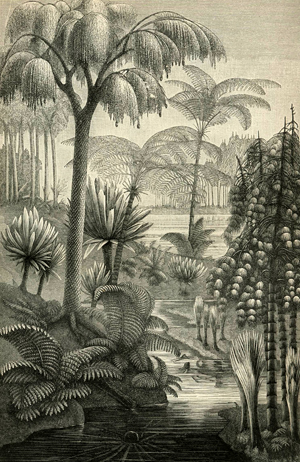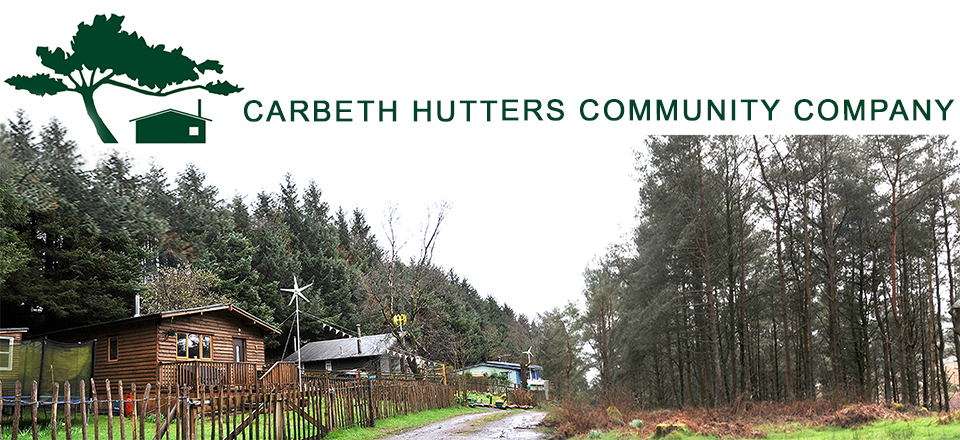Carbeth Environment
Carbeth Geology
The surrounding landscape of Carbeth has not always been as it appears today. In the period of geological time known as the Carboniferous, around 360 million years ago, Scotland lay on the equator and had a humid tropical climate.
Central Scotland was a landscape of shallow lagoons composed of mudstones, sandstones and limestones. This sedentary landscape was suddenly and violently altered by huge volcanic explosions. Vast amounts of lava, firstly deposited in the lagoons, began to accumulate. Such was the intensity of the eruptions that a new land mass above sea level was formed.
Further eruptions increased the height of the land mass. Lava flowed for miles and created a plateau 1000 square miles in area and half a mile deep.
Erosion started to wear down the landscape to form the Campsie Fells and the Kilpatrick Hills. The profile of the Kilpatrick Hills are terraced in appearance as a result of the layering effect of lava flows. At the base of some of the flows can be found a soft red volcanic ash, erupted before the lava flow
'Carbeth Hill' is a lava flow, 187m /614ft above sea level, originating from the Dumgoyne area.
All that remains of the volcanoes are their roots which are essentially basalt plugs. Dumbarton rock is an example as are the Duncolms and Dumgoyne.
The flows are rich in minerals. Some form large crystals know as zeolites. Examples are show below. Exceptional specimens have been found where streams have cut through the lava.
 |
 |
Calcite |
Heulandite |
In the volcanic ashes and sediments erupted before the lava, fossil plants 360 million years old have been found. They are unique to Scotland and show that a forest of seed ferns existed above the swampy areas. Examples of these ferns and minerals can be seen in the Hunterian Museum Glasgow.
 |
Seed Fern Fossils |
Carboniferous Forest |
Ferns existing today have changed little in appearance. 360 million years on, ferns still dominate Carbeth Hill and the surrounding area and water from Carbeth's 'Sweet Water Spring' is of an exceptional quality, rich in minerals, because it has filtered through thousands of cubic meters of volcanic rock and ash.

